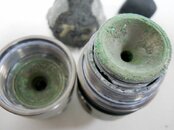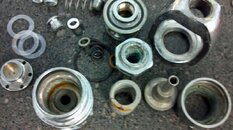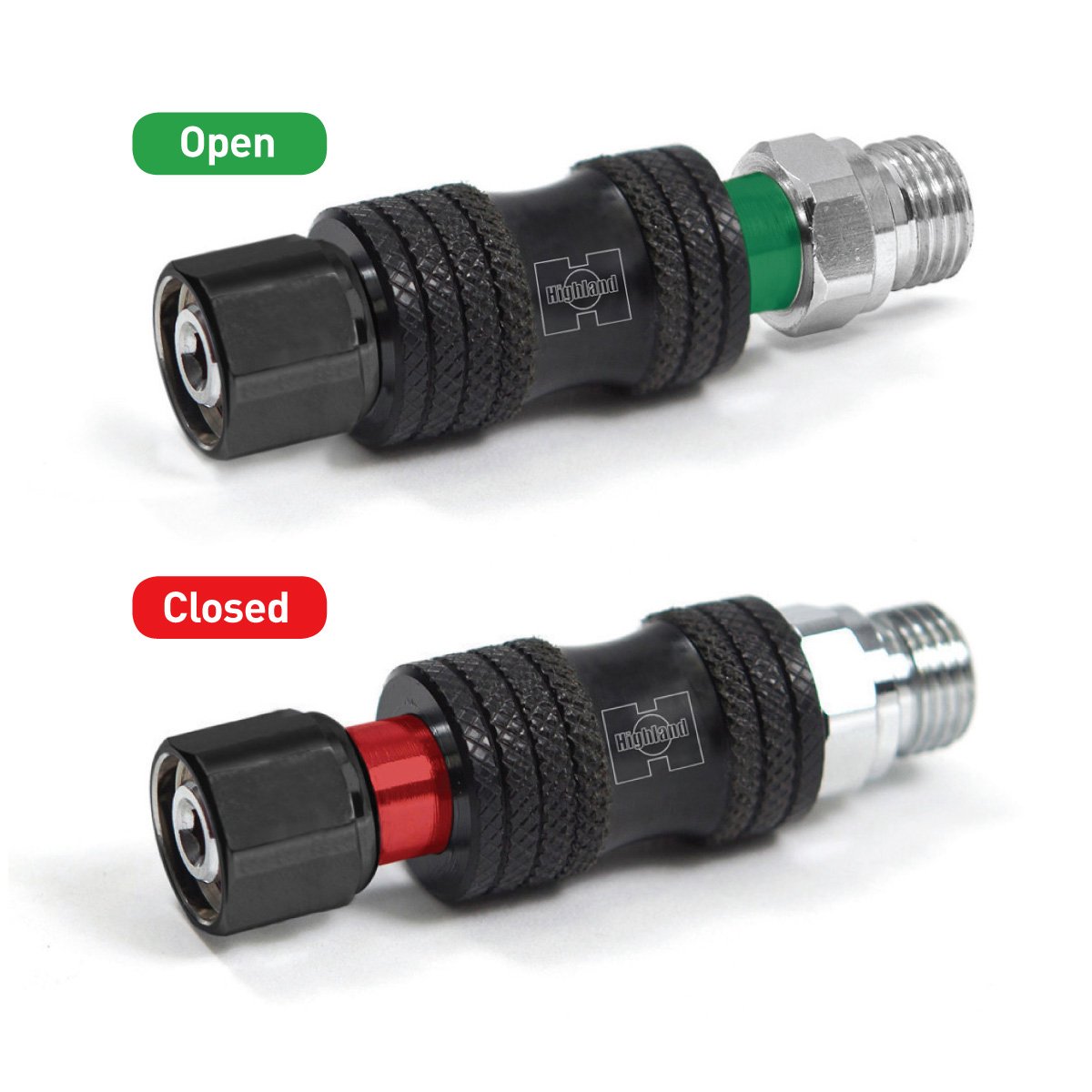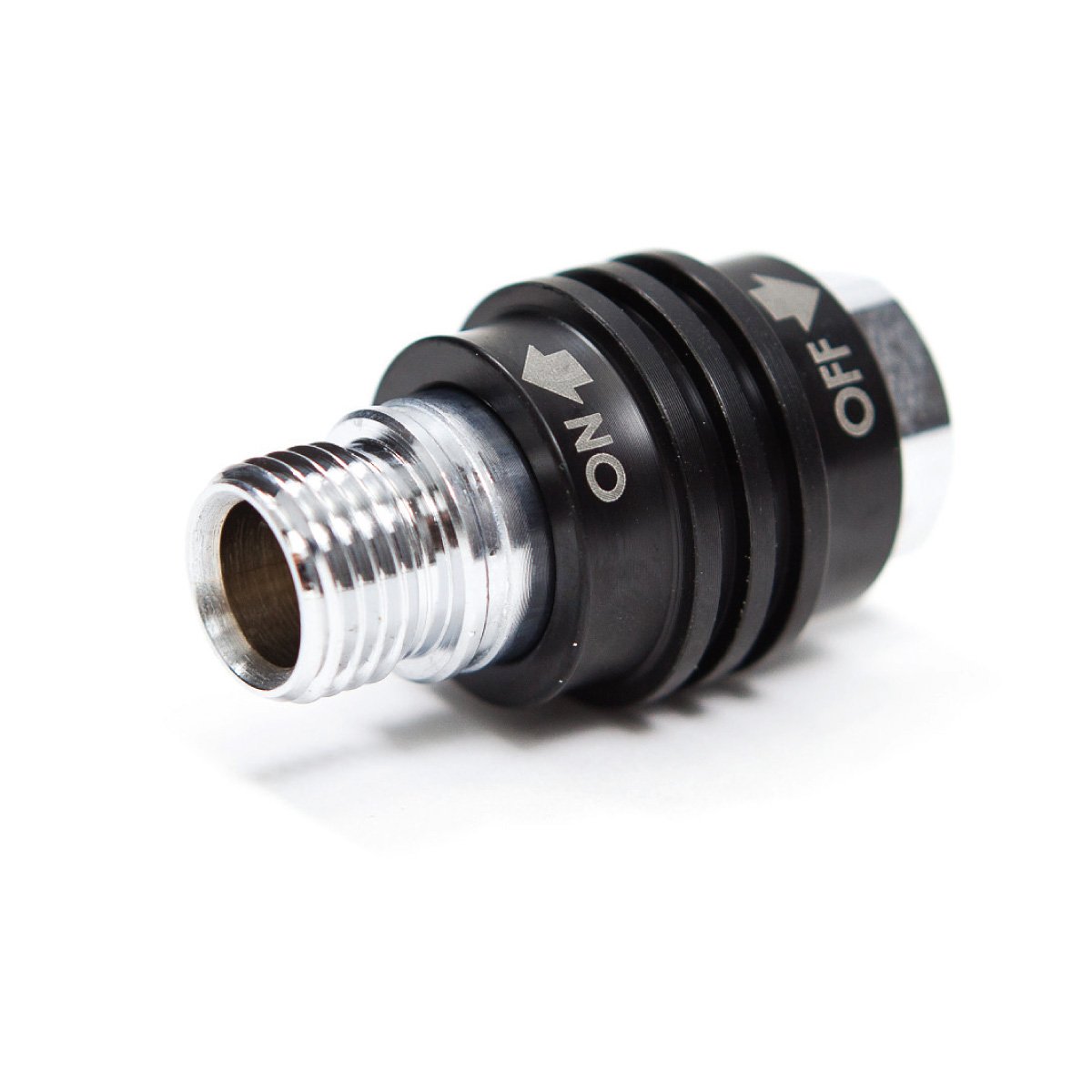Hello All:
Had to service my deco reg last week as I discovered contamination within the first stage of my Atomic B2. Not sure if the water entered the first stage via the second stage or via the DIN inlet. I use the environmental sealing boot for all my regulators. While I had a Christolube tubes, I noticed that the price for these has jumped two folds from when I bought my current supply. I don't see a great difference in price between Tribolube-71 and Christolube MCG-111. Do we have any less costly alternatives than these two choices?
For a deco regulator, am I wasting $$ sealing the first stage given the higher probability of first stage internal contamination? I only caught this because I noticed a very small leak from the HP hose at the SPG (was not the spool). Corrosion was present on the HP hose (the section of the hose fitting that is captured inside the body of the first stage).
Thank you.
O.
Had to service my deco reg last week as I discovered contamination within the first stage of my Atomic B2. Not sure if the water entered the first stage via the second stage or via the DIN inlet. I use the environmental sealing boot for all my regulators. While I had a Christolube tubes, I noticed that the price for these has jumped two folds from when I bought my current supply. I don't see a great difference in price between Tribolube-71 and Christolube MCG-111. Do we have any less costly alternatives than these two choices?
For a deco regulator, am I wasting $$ sealing the first stage given the higher probability of first stage internal contamination? I only caught this because I noticed a very small leak from the HP hose at the SPG (was not the spool). Corrosion was present on the HP hose (the section of the hose fitting that is captured inside the body of the first stage).
Thank you.
O.








